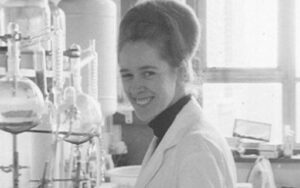The Future is Now
Single embryo transfer (SET) has become the standard of care for IVF treatment, based on new guidelines issued in 2017 by the American Society for Reproductive Medicine (ASRM) and the Society for Assisted Reproductive Technology (SART). This is a huge departure from IVF treatment in the past, when two and sometimes three embryos were transferred in the hope that one would implant and result in a baby. In fact, a recent study found that SET in women younger than 38 greatly decreased the number of multiple births without decreasing live birth rates. Many years of research and improvements in assisted reproductive technology have made it possible to minimize multiple births and have the same IVF success rates.
In fact, a recent study found that SET in women younger than 38 greatly decreased the number of multiple births without decreasing live birth rates. Many years of research and improvements in assisted reproductive technology have made it possible to minimize multiple births and have the same IVF success rates.


